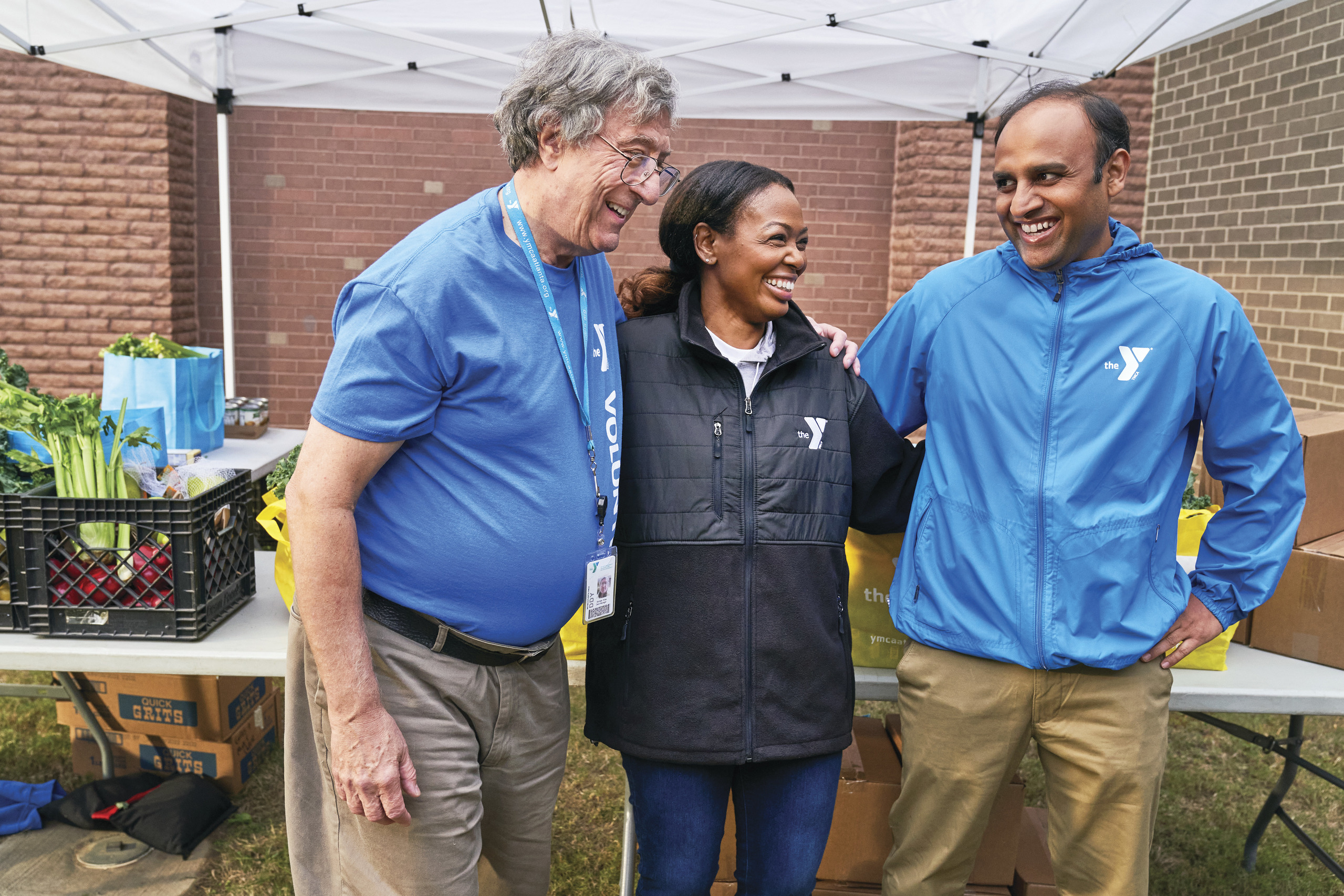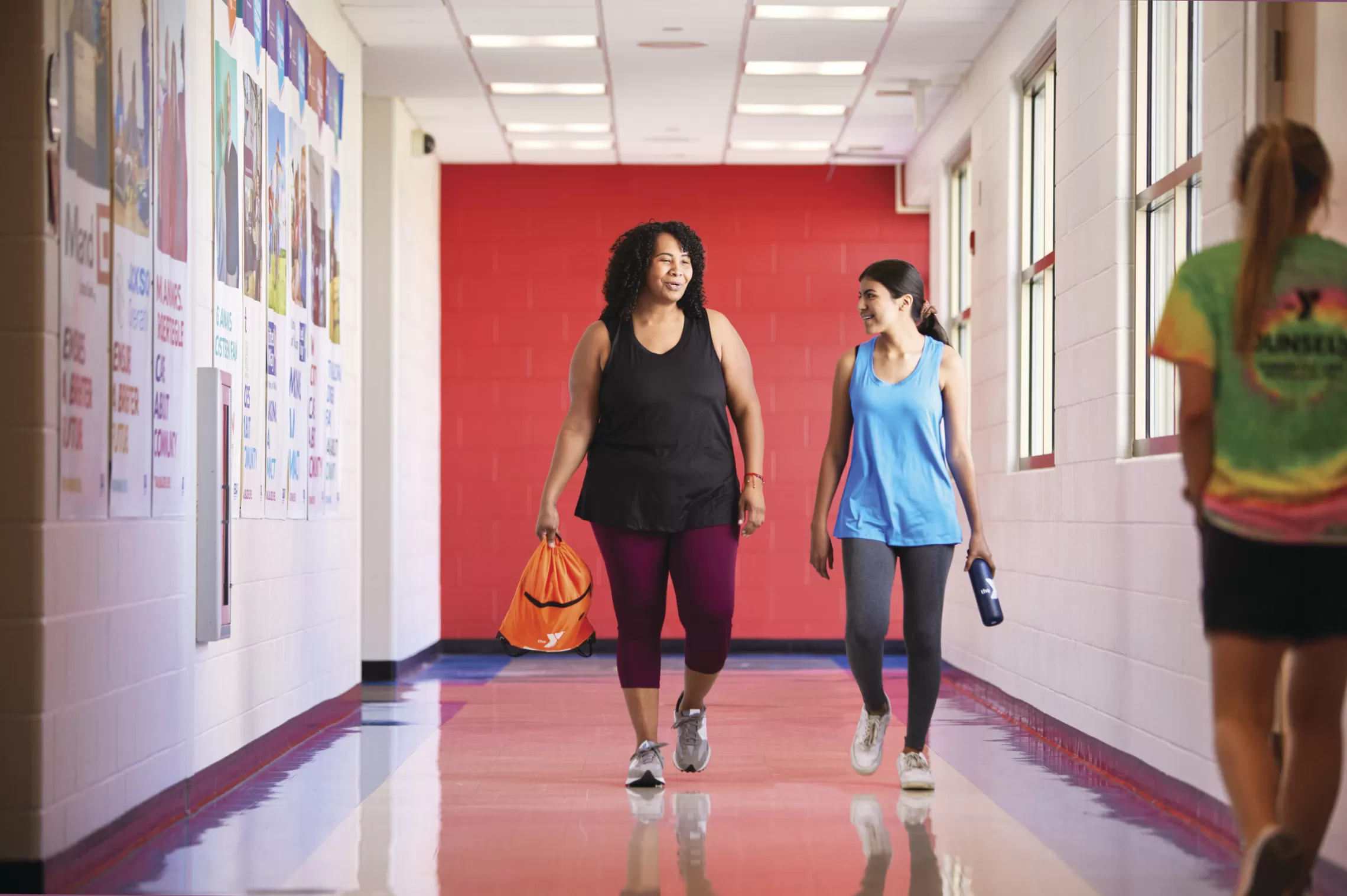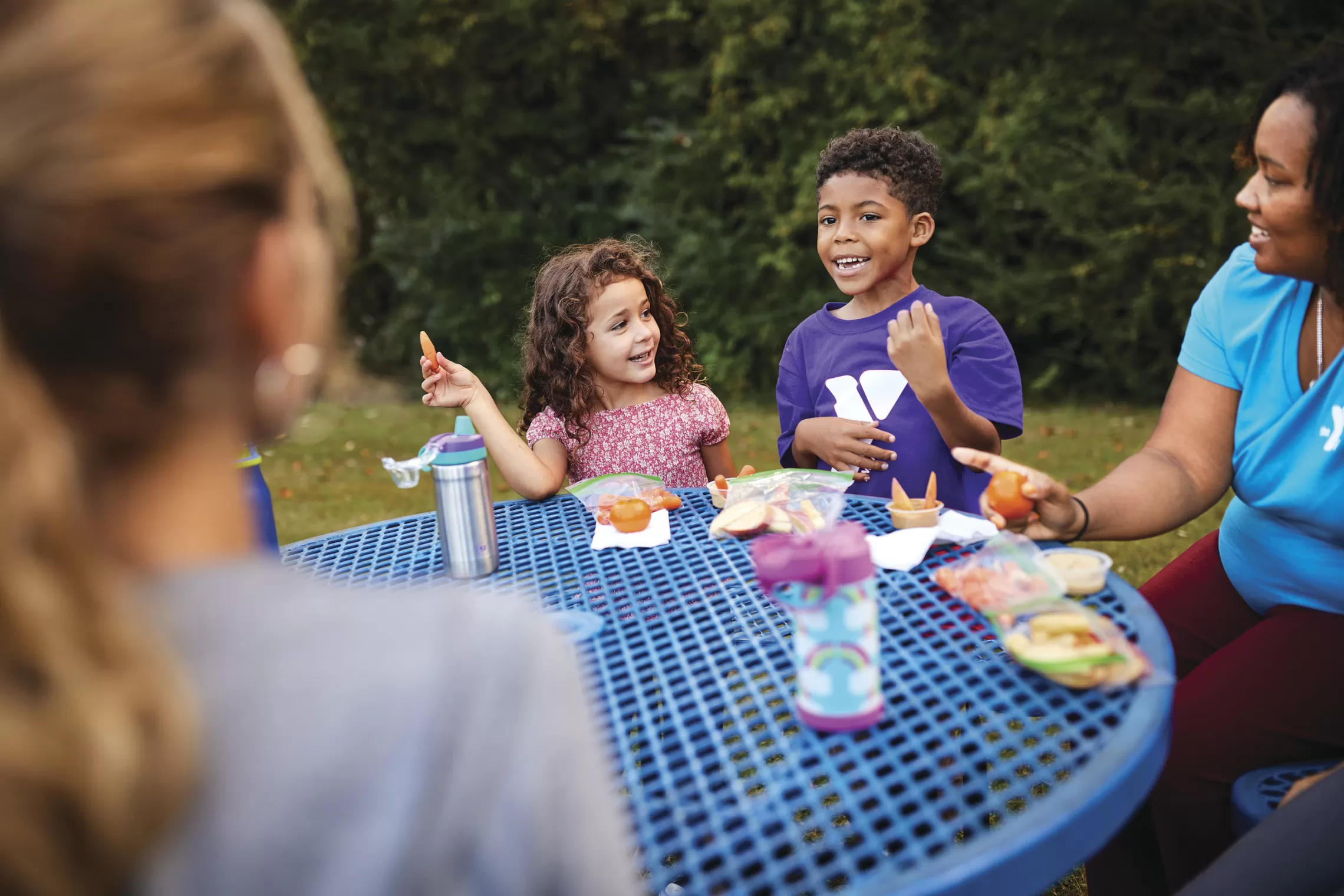
When you're considering ways to improve your health, you probably don't spend a lot of time thinking about how to strengthen your bones — that is, until one breaks. While you can't always prevent breaks, especially if they stem from an unavoidable accident, you can protect yourself and your bones long before they become brittle and easy to fracture.
Ideally, preventing breaks and loss of bone density would start in childhood. In a perfect world, children would eat their veggies, drink their milk and spend plenty of time each day building up strong muscles and bones that will carry them through a long and healthy life. After all, most of our bone mass is developed during childhood and adolescence.
Luckily, it's never too late to improve your bone health. As an adult, you can protect what you have and, yes, even restore some of what's been lost over time. But it takes an understanding of how to make bones strong — and dangerous habits to avoid — in order to fully protect what you have.
How Do Your Bones Change Throughout Your Life?
As a child is growing, their body is developing bone cells. Their bones are growing larger and denser, providing a solid framework to support their body as they run, jump, play and explore. By the time a child turns 18, they've developed approximately 90 percent of their body's permanent bone mass, which is why good nutrition and plenty of physical exercise is important when children are younger.
Bone mass reaches its peak density by age 30, meaning your bones will never be denser than they are in the early years of your adulthood. What you do before and after that stage plays a big role in maintaining healthy bones throughout your life.
Once an adult reaches their peak bone density, they will begin to experience a loss of bone density, depending on their physical health, genetics, lifestyle habits and more. Depending on how healthy their bones were before this stage, some loss might not be a big deal. But if they didn't have much bone density to begin with, this can become a more significant problem as they age.
Bone Density Risk Factors
All adults are at risk of losing bone density — some more than others. This is a natural part of the aging process. Unfortunately, you can't go back in time and tell your 10-year-old self to drink more milk. But you can pay careful attention to the risk factors and signs that your bone health might be at risk, like:
1. Gender
Men tend to have a higher bone density than women naturally. This means women are at a higher risk of health complications related to bone loss, especially after menopause. One out of every two women and one out of every four men will experience a fracture due to bone density loss during their lifetime. Although bone density issues can plague both men and women, women tend to be at higher risk for osteoporosis — a condition where bones become so brittle and weak that they easily fracture.
2. Hormones
Estrogen has a direct impact on bone loss. A number of factors, including when a woman gets her first period to the use of oral contraceptives to menopause, all contribute to a woman's overall bone density.
3. Nutrition and Lifestyle
Adults who have better access to good nutrition as children are less likely to experience a significant loss of bone density. Lifestyle factors, such as physical fitness, smoking and alcohol consumption, also impact an individual's bone density as they age.
The healthier you've been throughout your life, the more bone mass you are likely to retain. Unhealthy habits like drinking alcohol and smoking can have a negative impact on bone density, as well as overall health.
4. Genetics
Bone density issues can frequently run in families. If you've had older relatives who have struggled with osteoporosis or other bone-density related issues, talk to your doctor about ways you can protect your bone density and prevent future problems. If your doctor knows this problem runs in your family, they can advise you on how to strengthen your bones and protect what you already have to prevent painful fractures later on.
5. Medications
A number of commonly prescribed medications can impact bone formation and density. If you're taking medication for depression, heartburn, asthma, ulcerative colitis or rheumatoid arthritis, talk to your doctor about how to prevent loss of density. If you're on medication for other conditions, ask about potential risks to your bone density and development. Stay on top of potential side effects and weigh the pros and cons of each medication.
How to Increase Bone Density as an Adult
While bone density does tend to decline as you age, there are ways to protect what you have while even increasing bone density, including:
1. Exercising
Any form of exercise is great for staying healthy, but when it comes to bone density, weight-bearing and strength training exercises are the best way to protect and improve your bone density. These exercises use gravity to put pressure on your muscles and bones.
The pressure can improve bone density, as well as slow any loss in density that you're already experiencing. They also build up the muscles that connect to and support your bones, adding additional protection from fracture and other damage.
We're not suggesting you take up bodybuilding, but regular strength training — even at low weights — can go a long way toward protecting your bones. Your doctor is an excellent resource for recommending appropriate exercises. You can also inquire at a local YMCA for active older adult programs. These programs are age-appropriate fitness classes designed to address the physical challenges faced by most older adults, including loss of bone density.
2. Eating Vegetables
Vegetables are a great source of nearly all of the essential vitamins and minerals needed to build and maintain healthy bones, especially calcium. This essential vitamin stimulates your body to produce bone-forming cells. It also shields bone cells, protecting them from damage as they age. Eating a healthy variety of veggies, especially yellow and green ones, has been shown to be an important part of building and maintaining bone health throughout a person's life.
If you aren't a huge fan of vegetables, get in the kitchen and experiment. Look for recipes that enhance — or significantly improve — the flavor of leafy greens and other essential vegetables. Try roasting them instead of boiling them. Eat them raw with a side of greek yogurt dip. Turn avocados into healthy guacamole and use that to dip carrots into. Eating vegetables doesn't have to be dull, but it's guaranteed to improve your health.
3. Eating Small Amounts of Calcium Throughout the Day
Everyone knows that calcium — a mineral found in dairy products, as well as certain beans, nuts and veggies — is essential to bone health and development. But what you might not know is that your body can only absorb calcium in small doses.
The best way to help your body absorb the calcium it needs is to include one calcium-rich serving of food at each meal. This gives your body time to process and absorb the calcium before more comes. If you eat too much calcium at once, your body won't be able to absorb it, and it will just be wasted.
Many older adults take calcium supplements to ensure they're getting the right amount of this essential nutrient. However, this should always be done at the direction of a doctor, because one study found participants who consumed calcium supplements had a 22 percent higher risk of developing heart disease.
Although calcium supplements are another option to increase your body's calcium intake, they should only be used to supplement a calcium-rich diet, not in place of one.
4. Eating Protein
To maintain bone density, you need to consume enough protein. Consuming a balanced diet of protein, calcium and plant-based foods is the best way to protect your bones.
5. Avoiding Low-Calorie Diets
As you get older, your metabolism tends to slow down. It can be tempting to go on a low-calorie diet to stimulate weight loss, but this can have a negative impact on bone density. If you don't consume a healthy number of calories each day, you can quickly lose weight. Any time you lose weight, you lose bone mass, even if you're eating the "right" foods and exercising — this is because low-calorie diets can result in a slower metabolism, which can negatively impact your muscle mass.
6. Maintaining a Healthy Weight
Being underweight or overweight can both have a negative impact on bone health. So does seesawing up and down on the scale. When you lose weight, you also lose bone mass. The problem is that if you regain the weight later, you aren't likely to regain the bone mass. If you go back and forth in weight or lose a lot of weight, you'll jeopardize your bone health. Maintaining a healthy, steady weight is the best way to minimize loss of density.
7. Getting Enough Vitamin D
Vitamin D plays an important role in breaking down calcium effectively inside the body. In order to absorb the necessary amount of calcium needed to maintain healthy bones, it's important to have the right amount of Vitamin D in your body as well. Vitamin D is found in liver, fatty fish and cheese.
Approximately 41 percent of Americans are deficient in Vitamin D because they don't get enough sunlight. Besides certain foods, you can also absorb Vitamin D from moderate sun exposure. If you live somewhere that doesn't get a lot of sunlight in winter, a light-box that gives off UVB rays can be a great alternative to spending time outdoors.
In some cases, food and sunlight may not elevate your Vitamin D levels to where they need to be. If you still struggle to maintain appropriate levels of Vitamin D in your body, you may need to take Vitamin D supplements to assist your body in breaking down calcium effectively. Your doctor can help you determine if a Vitamin D supplement is right for you.
8. Consuming a Balanced Diet With Other Essential Vitamins
Besides calcium and Vitamin D, there are several other nutrients essential to building healthy bones, including zinc, magnesium and Omega-3 fatty acids. These are important because magnesium helps Vitamin D activate in order to break down calcium effectively.
Zinc prevents bone breakdown, and Omega-3 fatty acids help prevent bone loss as you age. Consuming all of these important nutrients ensures your system has all of the building blocks it needs to maintain healthy bones.
Building Healthy Bones in Children
Since most bone mass is acquired during childhood, parents play a huge role in helping their child develop a healthy bone density that will serve them well as they grow and age. Parents help increase the bone density of their children by encouraging:
1. Physical Exercise
Just like muscles, bones get stronger when they're used. Weight-bearing exercises like running, climbing and jumping — all the things kids do at the neighborhood playground — are great ways to build up bone density. When children run or jump, the force of gravity and the pressure they put on bones helps to make them stronger. Over time, this builds up more bone density.
Although any kind of movement is healthy for kids, incorporating these weight-bearing movements into their regular routine is important when you're targeting bone health. This means beloved childhood activities like swimming and bike riding are great, but not a substitute for bone-building activities.
However, incorporating these movements into a child's routine doesn't have to be complicated. It's as simple as encouraging them to play in the backyard for 30 minutes after school each day or organizing play dates with friends at a local park.
2. High-Calcium Foods
The old advertisements for milk had it right when they said: "it does a body good." Calcium is a mineral that's known for its benefits of building healthy bones. Making sure your kids consume the right amount of calcium during the years their bones are forming is a great way to ensure healthy bone density later in life.
If your child eats dairy, your doctor can advise you on how many servings of milk, cheese, yogurt and other dairy products they should consume each day. If your child is allergic to dairy, then calcium can also be found in leafy greens and certain beans and nuts. You can also look for orange juices and cereals that have been fortified with calcium.
3. Vitamin D Supplements
Vitamin D is known to help the body absorb calcium more effectively. Many children won't get enough Vitamin D from the foods they eat to assist their body in the process, so a Vitamin D supplement can be helpful. Talk to your child's pediatrician to find out if they would benefit from a Vitamin D supplement.
Healthy Bodies, Healthy Bones
While there are many reasons for and solutions to joint pain, getting exercise is an important factor towards improving health and eliminating pain. As the winter weather continues, resisting the urge to hibernate means finding exercise that is safe and adaptable for every body.
To help folks get active, the NCOA created Staying Active in Cold Weather, which includes practical tips and recommendations from health and fitness experts, such as:
- Sample schedules of how to incorporate physical activity into your week
- Outdoor and indoor exercise suggestions and safety tips
- Adaptive and cold-weather exercise considerations
Plus, exercise and healthy living are always easier when they're done with a community of other adults who are focused on the same things. When you join the Gateway Region YMCA, you are joining a community that will support and encourage your goals for a long life and good health.
Stop in at one of our 24 YMCA locations across St. Louis and the Metro East to see how the YMCA can help you on your journey to better bone health.
Sources:
https://gwrymca.org/about
https://gwrymca.org/locations
https://kidshealth.org/en/parents/strong-bones.html?WT.ac=ctg
https://www.bestoldcommercials.com/milk-it-does-a-body-good/
https://www.mayoclinic.org/diseases-conditions/osteoporosis/symptoms-causes/syc-20351968
https://www.ncbi.nlm.nih.gov/pubmed/27729333
https://www.healthline.com/nutrition/build-healthy-bones#section10
https://www.bones.nih.gov/health-info/bone/osteoporosis/bone-mass
https://health.usnews.com/wellness/articles/2016-09-09/6-ways-to-strengthen-your-bones-no-matter-your-age
https://greatist.com/health/build-healthy-strong-bones#1
https://www.webmd.com/osteoporosis/features/building-stronger-bones#1
https://gwrymca.org/programs/active-older-adults
https://www.ncoa.org/adviser/medical-alert-systems/staying-active-cold-weather/


